Is Tilling Your Garden Effective?
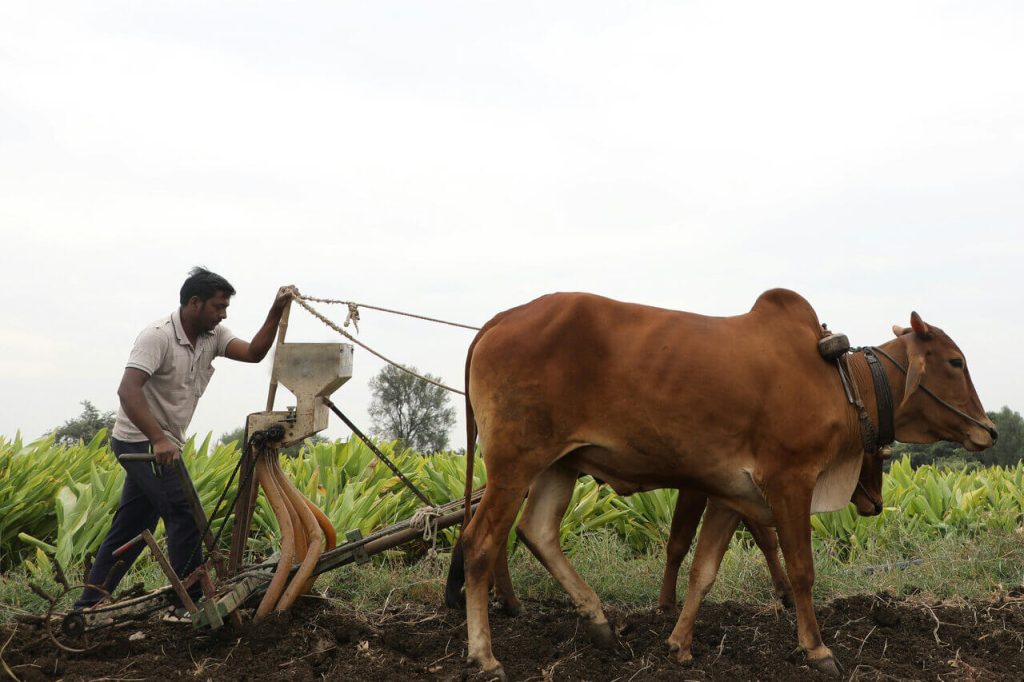
When I began gardening as an adult, the concept of tilling was as foreign to me as the Latin names of my plants. Yet, as I dug deeper (pun intended), I understood that tilling, or turning and breaking up the soil, is a foundational technique used across the globe.
Its primary aim is to prepare the bed for planting by aerating the soil and incorporating organic matter. But like any seasoned gardener, I quickly learned that the tilling conversation is layered with complexity.
On one side, proponents argue that tilling aids in weed management and soil aeration, making it easier for roots to penetrate the soil.
On the flip side, critics highlight the potential harm, such as soil erosion and the disruption of soil microorganisms, positing gardening till or no-till methods as a pivotal decision for the health of one’s garden.
Historical Context of Tilling
Since ancient times, the act of tilling the soil has been at the heart of agriculture.
Initially, it was as simple as turning the earth with sticks and bones, a method born out of the necessity to plant seeds deeper than surface sowing.
Through centuries, tilling evolved with the advent of plows, drawing upon animals and eventually mechanical power.
This practice, aimed at preparing the earth for sowing by breaking it up, has been pivotal for increasing soil aeration and managing weeds.
Yet, as we look deeper into the soil’s secrets, the debate surrounding tilling versus no tilling practices shows a growing appreciation for the intricacies of soil health and its microcosm.
Historically, tilling was seen as essential for productive farming, but the narrative is now shifting towards sustainable approaches that respect and nurture the ground beneath our feet.
The Science of Tilling
At its core, soil tilling is more than just turning over the earth. It’s a practice steeped in science, impacting everything from aeration to microbial life.
When we till the soil, we’re essentially reshuffling the earth’s layers, which can improve soil aeration and water penetration.
However, it’s a delicate balance. While tilling can help control weeds and prepare land for new plantings, it can also disturb the intricate web of life that makes soil fertile.
Benefits of Tilling
Exploring the world of gardening till and tillage has taught me there’s much to appreciate beneath the surface.
Here are a few key advantages of incorporating tilling into your garden routine:
- Weed Management: Tilling can significantly reduce weed populations. By turning the soil, existing weeds are chopped and, along with weed seeds, are buried. This prevents germination and saves us from constant weeding.
- Soil Aeration: The act of tilling the soil introduces air pockets into the soil substrate. This vital aeration process facilitates healthier root development by improving oxygen flow to the plant’s roots.
- Soil Amendment Integration: When we till the soil, it offers the perfect opportunity to mix in soil amendments. Whether it’s compost, manure, or commercial fertilizers, tilling helps distribute these enhancements evenly, boosting soil fertility.
- Water Penetration Improvement: Garden tilling breaks up compacted layers. This enhances the soil’s ability to absorb and retain moisture and means more water reaches the plant roots where it’s needed most.
- Integrated Pest Management (IPM): Light tilling in the spring disturbs grasshopper and other nuisance insect eggs. This ends the life cycle and decreases the prevalence of garden pests.
Challenges and Criticisms
Turning the soil through tilling has its fair share of critics, and rightfully so.
As I’ve researched and experimented with gardening, I’ve come to understand that the very act of gardening till can lead to significant soil erosion.
This isn’t just about losing precious topsoil. It’s about stripping away the home and food source for a myriad of soil organisms. And these play a crucial role in the health of our gardens.
Perhaps more concerning is the disruption tilling causes to these microorganisms. It’s like turning their world upside down. Quite literally it affects everything from nutrient cycling to disease suppression.
The debate among us, whether we are seasoned gardeners or dedicated farmers, seems endless.
Does tilling kill weeds effectively enough to justify its impact?
Or are we causing more harm than good? Are we undermining the very soil we depend on for our lush gardens and robust crops?
It’s a complex issue that requires us to weigh tilling against its alternatives carefully.
No-Till Gardening Overview
No-till gardening is a concept that’s been gaining traction and acclaim among gardening enthusiasts like me. It truly turns the conventional practice of tilling on its head.
Tilling is the traditional method where the soil is regularly dug, turned, and aerated. In stark contrast to this, gardening supports minimal disturbance.
Discarding the tillage tools, no tilling keeps the soil structure intact and teeming with life. It hinges on the understanding that a vibrant, undisturbed soil ecosystem is full of beneficial microorganisms and insects. And this promotes the healthiest plants.
By leaving the soil uncultivated, no-till practices enhance water retention and nutrient delivery. This significantly boosts garden productivity without the laborious task of tilling the soil.
This mindful approach develops the garden. It also contributes to a richer, more biodiverse, and resilient soil system. This effectively addresses issues like soil erosion and biodiversity loss.
So, by adopting no-till, we sow the seeds of a healthier planet, right from our backyards.
Steps to Transition to No-Till Gardening
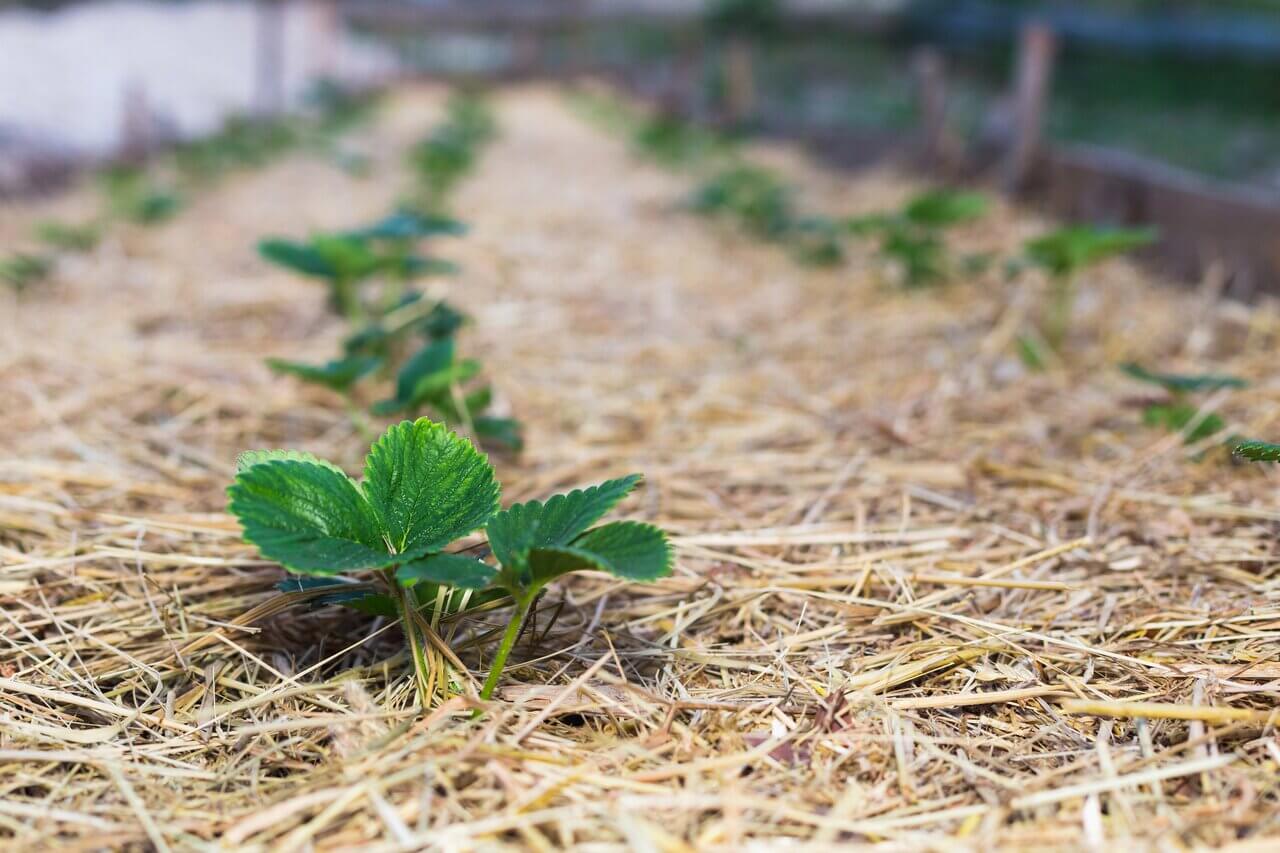
Beginning the no-till journey profoundly transforms how we view and interact with our gardens.
These are the essential steps to transition from traditional tilling methods to a sustainable no-till approach:
- Collect Organic Matter: Begin by gathering a variety of organic materials, like fallen leaves, straw, or composted manure. This diverse array encourages a rich habitat for vital soil organisms.
- Create Mulch Layers: Layer your collected organic matter directly on garden beds. Aim for 8 to 10 inches of depth to adequately suppress weeds and protect soil microorganisms.
- Design Thoughtful Layouts: Organize your garden with narrow beds to avoid stepping on them, preventing soil compaction. You may also limit traffic to permanently designated areas such as stepping-stones. Paths between beds can be mulched or planted with ground cover to maintain soil structure.
- Plant Strategically: In spring, simply push aside the mulch where you’ll plant seeds or seedlings. This method preserves soil structure, increases water retention, and discourages weed growth.
- Continue Mulching: After planting, replenish the mulch around new plants to maintain moisture levels and further suppress weeds. Regularly add fresh organic matter to sustain soil health and fertility.
Addressing Weeds Without Tilling
Transitioning to no-tilling in your garden can feel like you’re stepping into uncharted territories. This can be especially true when it comes to managing weeds.
The age-old practice of garden tilling, where we till the soil cyclically, has always been synonymous with preparing for a new planting season.
It’s almost as if the soil isn’t ready until it’s been turned, tilled, and aerated.
Among the many reasons we’ve relied on this method, does tilling kill weeds stands out as a primary justification.
Interestingly, tilling the ground, while effective in the short term, actually brings more weed seeds to the surface. This perpetuates a cycle of weed growth.
In a no-till garden, addressing weeds without tilling requires a shift in tactics but not effectiveness.
- Mulching plays a pivotal role; a thick layer can suppress weed growth by blocking sunlight. This essentially smothers potential weed seedlings before they have a chance to thrive.
- Surface cultivation can be quite effective for the uppermost weeds. It gently disrupts the initial stages of weed growth without deeply disturbing the soil and bringing up more seeds.
Compared to traditional soil tilling methods, these no-till strategies manage weeds effectively while also preserving soil structure and health.
The Composition of Garden Soils
As I work my way across various gardens over the years, I’ve encountered a spectrum of soil types. Each comes with its unique challenges and characteristics.
Some gardens are laden with sandy soils, which scarcely retain moisture. This poses a risk to my tender vegetables with the threat of wind-blown sand.
Others are bound by the grips of sticky clay, stubborn and suffocating. It refuses to let air seep through to nurture the roots nestled below.
There are those too, where rocky and shallow beds offer little support for deep-rooted growth.
My search for the ideal garden soil is persistent. It is a soil that elegantly crumbles at the slightest touch, signaling its readiness to support life.
Vegetables, in their varied needs, look for a safe place that’s both deep and well-drained, enriched with the essence of organic matter.
The perfect garden soil avoids the trap of hard clumps when wet and resists the urge to crack under the drying sun. It maintains its crumble with a grace that can only inspire admiration.
It’s an ongoing dialogue between me and the earth – a balance between holding on and letting go.
Soil Health and Organisms
When we till the soil, we’re diving into the hidden universe beneath our feet. There’s a bustling metropolis of soil organisms vital for maintaining healthy soil.
Earthworms, nematodes, and microscopic bacteria all call this underworld home. They work tirelessly to break down organic matter into humus, enriching the soil.
However, indiscriminate tilling disrupts this delicate ecosystem. It’s like turning a well-organized city into chaos. And it scatters these organisms and destroys the structures they’ve built.
Preserving soil health, therefore, isn’t just about leaving the tilling tools at bay. It’s about acknowledging the intricate dance of life that supports our plants from below.
Healthy soil brims with life and ensures strong and vibrant plant growth. This creates a robust garden which is proof of the power of collaboration between us and the unseen multitude beneath the surface.
Comparative Analysis: Tilling vs. No-Till
Both tilling and no-tilling approaches offer unique benefits and challenges.
Tilling is the traditional method of turning the soil. It is lauded for its ability to control weeds, create a smooth seedbed, and incorporate amendments efficiently.
This practice, by aerating the soil, also encourages healthier root development.
However, critics of tilling point out its potential to disrupt soil organisms, increase erosion, and degrade soil structure over time.
In contrast, no-till gardening preserves soil structure, enhances soil health, and improves water retention. By not disturbing the soil, it protects the microbial life essential for a nutrient-rich environment.
No-till methods also mitigate weed issues, as well as reduce labor and fuel consumption.
Yet, the transition to no-till can be challenging. It requires mulch management and a strategic approach to weed control.
Both methods have their place in our gardens, influenced by the specific needs of the soil, crops, and climate.
Innovative Alternatives to Tilling
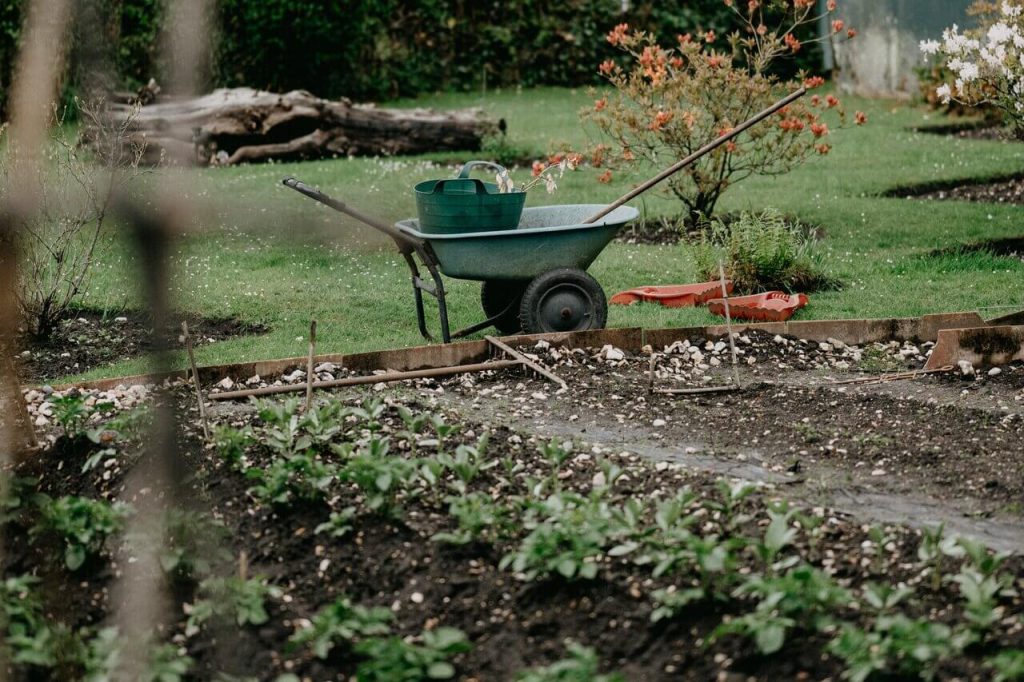
Over the years since I began gardening, the innovation of no-tilling practices became an eye-opener.
Shifting away from traditional garden tilling, I’ve looked at innovative techniques that suggest healthier soil with less labor.
These alternatives include the usage of cover crops and mulching. This not only bypasses the need for tilling the soil but also enhances its fertility and structure.
The magic lies in allowing the soil to maintain its natural composition, developing a lively ecosystem below the surface.
For us gardeners, this means stronger, hardier plants and a garden that thrives season after season. No longer do we only rely on the arduous tilling of the ground to ready our gardens.
This approach conserves our energy. It also conserves the delicate balance of life within our soil. In so doing, it lays the groundwork for a future where gardening tilling becomes a choice, not a necessity.
Expert Opinions on Tilling
Entertaining new gardening wisdom, I discovered differing opinions and contrasting perspectives on the practice of tilling.
Some argue tilling enriches the soil, turning it into a fertile bed primed for the seeds of tomorrow. They advocate that tillage aerates the soil, control weeds, and integrates essential nutrients.
However, another faction advises caution. They suggest that excessive tilling of soil may disrupt the delicate balance of microorganisms, leading to soil erosion and loss of valuable humus.
They advocate for no-tilling techniques, emphasizing the preservation of soil structure and the promotion of a vibrant underground ecosystem.
This active debate captures the essence of gardening’s ever-evolving nature. It encourages us to question if tilling kills weeds or the spirit of sustainable gardening.
Alternatives to Classic Tilling
In my years of gardening, I’ve discovered tools and techniques that depart from traditional tilling yet promise to develop our gardens.
The broadfork is a remarkable tool. It’s characterized by its tines and sturdy handles that allow me to aerate the soil without turning it over. By using my weight to drive the tines into the ground and a simple rocking motion, I can alleviate compaction. This enhances soil structure without the upheaval caused by conventional tilling.
When it comes to creating a seedbed, a garden rake works wonders. This approach respects the soil’s integrity, perfect for when I’m transplanting delicate seedlings.
However, when direct seeding in large beds calls for a fine touch, or when incorporating organic amendments into the setting of your next crop, a tilther might be the answer. It minimizes disruption while efficiently managing weeds and blending in nourishment.
And for combating weeds and preparing the topsoil in larger gardens, a wheelhoe can be useful. Designed to slice through the soil at a shallow depth, it offers precise control without disturbing the soil’s deeper layers.
For those gardeners that embrace cover crops, tools like a flail or brush mower are indispensable. They integrate large cover crops into the garden cycle without the need for a traditional mower.
The tools you choose—be it a heavy-duty tiller for breaking new ground or a light cultivator for tilling between rows—define your garden’s future.
Each stroke through the soil carves out a path for water and nutrients, influencing not just the current season’s yield but also the health of the soil for years to come.
Tilling or no tilling, each practice shapes our earth in profound ways.
A Greener Path Forward
As we move forward through the maze of garden plowing and soil tilling, we should pause and contemplate the future we’re sowing.
Tilling, with its allure of a well-prepared garden bed, comes with whispers of discontent from the very soil we desire. Though it’s a tradition steeped in the toil of past generations, it beckons us to question its impact.
It’s a call to balance — to weigh the benefits of tilled soil against the living, unseen world it disrupts.
I urge you to contemplate a garden that embraces practices like no-tilling and that honors our earth’s complex design.
Create a greener path forward and commit to a legacy of enriched soil and bountiful harvests.


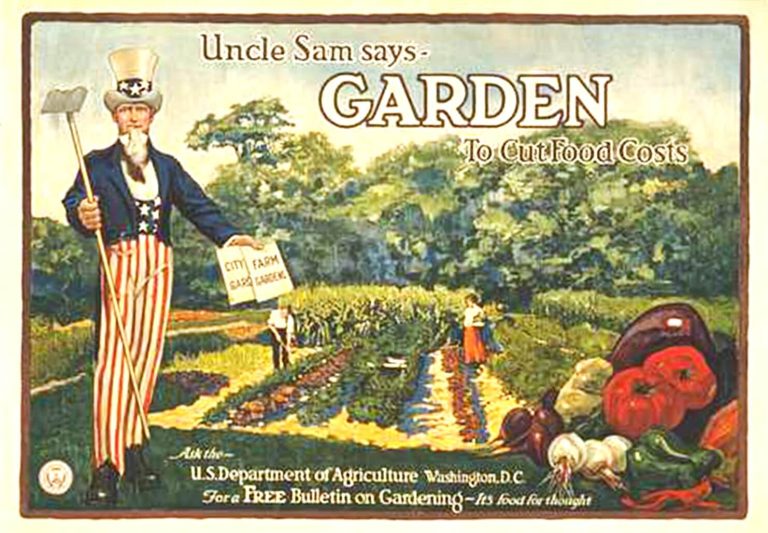



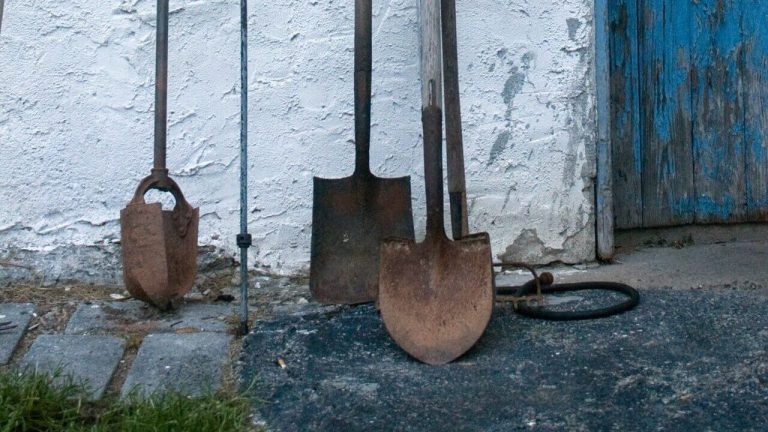
One Comment
Comments are closed.